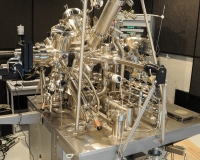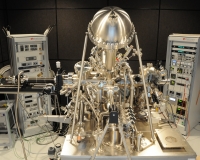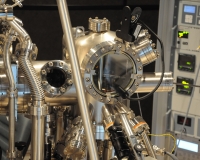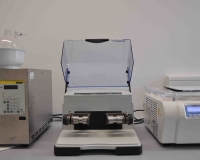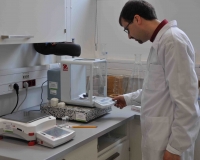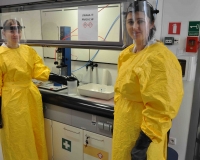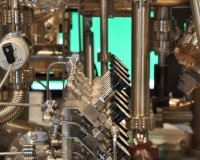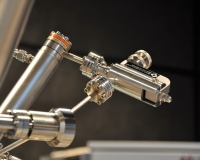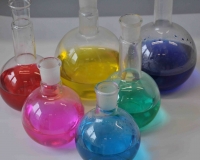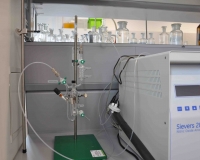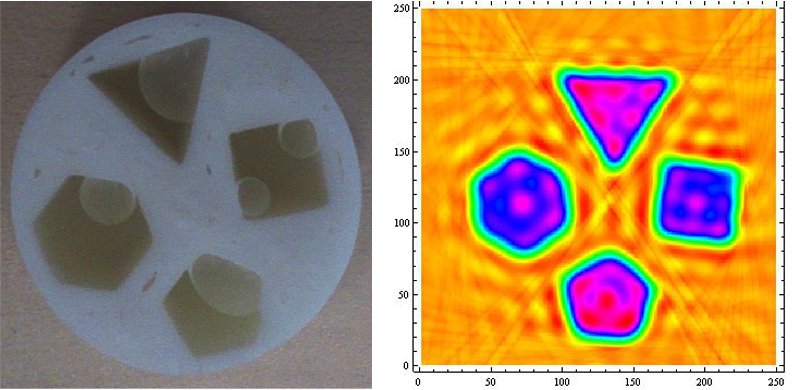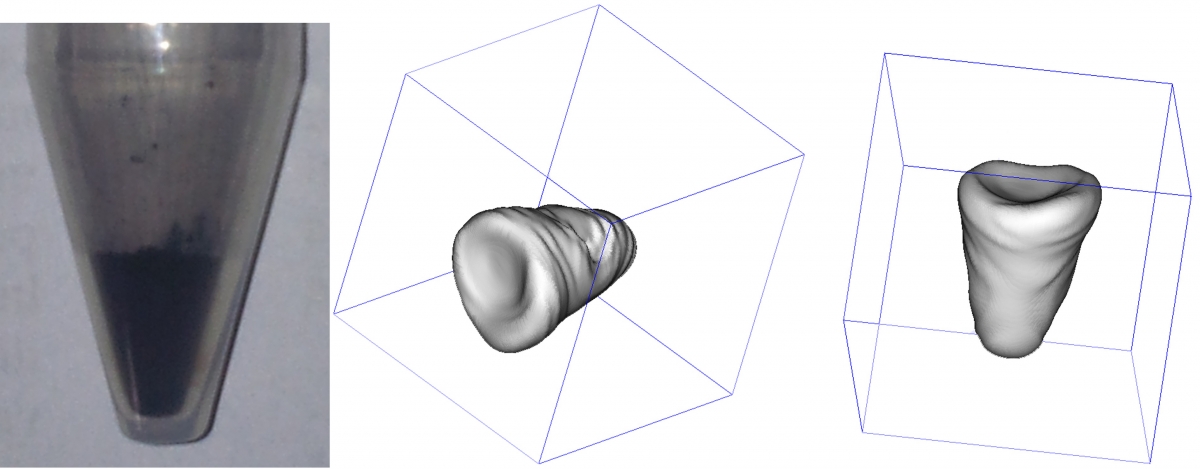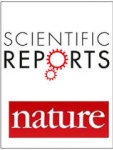- Single and Triple Electron Beam Evaporators (EFM 3 & EFM 3T), Organic Material Effusion Cell (OME40) and Low Temperature Effusion Cell (NTEZ) for the clean deposition of various atoms and molecules. Possibility of the controlled sub-mono-layer and multi-layer thin film growth with the use of Film Thickness Monitor (FTM)
- atomic gas sources: Atomic Hydrogen Source (EFM-H) for passivation and Oxygen Atom Beam Source (OBS40) for controlled oxidation of the sample surface
- Cold Cathode Sputter Ion Source (ISE5) for sample cleaning, depth profiling with ESCA and controlled induction of defects
- Quadrupole Mass Analyzer (Quad 300) for residual gas analysis (vacuum purity and leak detection)
 Surface profile Si (111) 7x7 along the marked line
Surface profile Si (111) 7x7 along the marked line
 Si surface (111) 7x7 imaged on two different voltage polarizations between the blade and the sample
Si surface (111) 7x7 imaged on two different voltage polarizations between the blade and the sample

STM. Surface Si (111), reconstruction 7x7, obtained by high-temperature processing in ultra-high vacuum (flash). Atomic resolution.


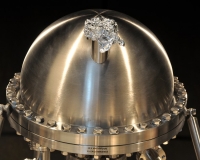
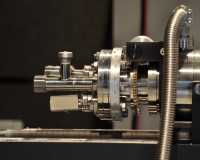
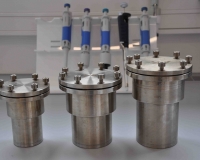
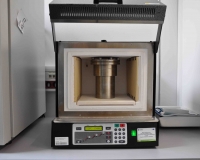
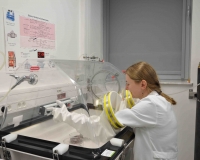
 Surface profile Si (111) 7x7 along the marked line
Surface profile Si (111) 7x7 along the marked line Si surface (111) 7x7 imaged on two different voltage polarizations between the blade and the sample
Si surface (111) 7x7 imaged on two different voltage polarizations between the blade and the sample
